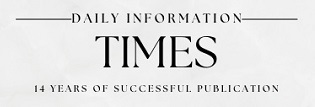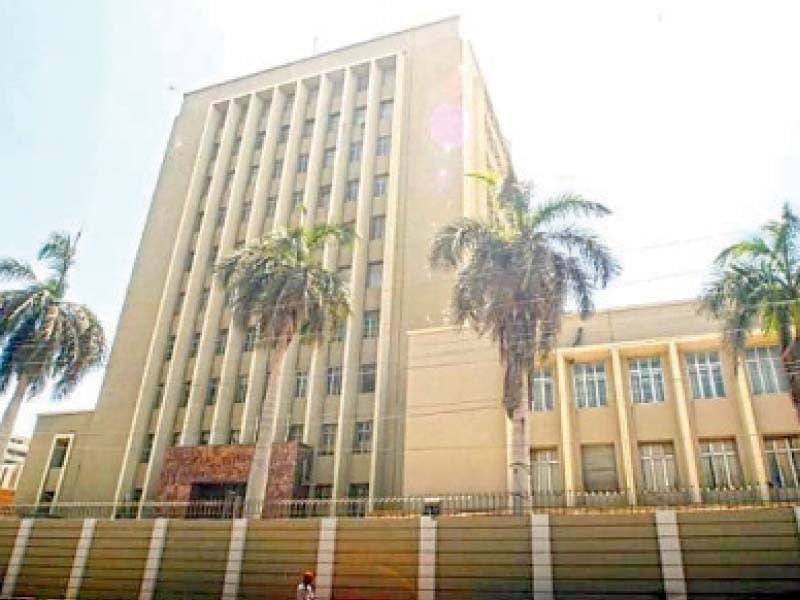KARACHI: Fulfilling another condition of the IMF for the revival of the loan programme, Pakistan’s central bank jacked up its key policy rate by 300 basis points to a 26-year high at 20% at a preponed meeting on Thursday.
The hike is 100 basis points higher than the financial market consensus of 200 basis points.
Earlier, IMF had asked the government to hike the rate to resume the much-needed $6.5 billion loan programme – which is critical to boost foreign exchange reserves and avert the imminent default on foreign debt repayments.
The State Bank of Pakistan (SBP) said in its monetary policy statement on Thursday that it has revised its inflation projection to 27 to 29 per cent for the current fiscal year against its November 2022 projection of 21 to 23 per cent for the year.
During the last meeting in January, the committee highlighted near-term risks to the inflation outlook from external and fiscal adjustments. Most of these risks have materialised and are partially reflected in the inflation numbers for February.
“The national CPI inflation has surged to 31.5 per cent year-on-year, while core inflation rose to 17.1 per cent in urban and 21.5 per cent in the rural basket in February 2023,” it said.
In today’s meeting, the MPC (monetary policy committee) noted that the recent fiscal adjustments and exchange rate depreciation have led to a significant deterioration in the near-term inflation outlook and a further upward drift in inflation expectations, as reflected in the latest wave of surveys.
The committee expects inflation to rise further in the next few months as the impact of these adjustments unfolds before inflation begins to decrease, albeit at a gradual pace.
“The average inflation this year is now expected in the range of 27 to 29 per cent against the November 2022 projection of 21 to 23 per cent.”
In this context, the MPC emphasised that anchoring inflation expectations is critical and warrants a strong policy response. On the external side, the MPC noted that despite a substantial reduction in the current account deficit (CAD), vulnerabilities continue to persist.
In January 2023, the CAD fell to $242 million, the lowest level since March 2021.
Cumulatively, the CAD – at $3.8 billion in Jul-Jan FY23 – is down 67 per cent compared to the same period last year.”Notwithstanding this improvement, scheduled debt repayments and a decline in financial inflows amid rising global interest rates and domestic uncertainties, continue to exert pressure on FX reserves and the exchange rate”.
“The MPC noted that FX reserves remain low and concerted efforts are needed to improve the external position. In this regard, the conclusion of the ongoing 9th review under the IMF’s EFF will help address near-term external sector challenges.
Furthermore, the MPC stressed the urgent need for energy conservation measures to alleviate pressure on the external account and meet the import requirements of other sectors.




No comment